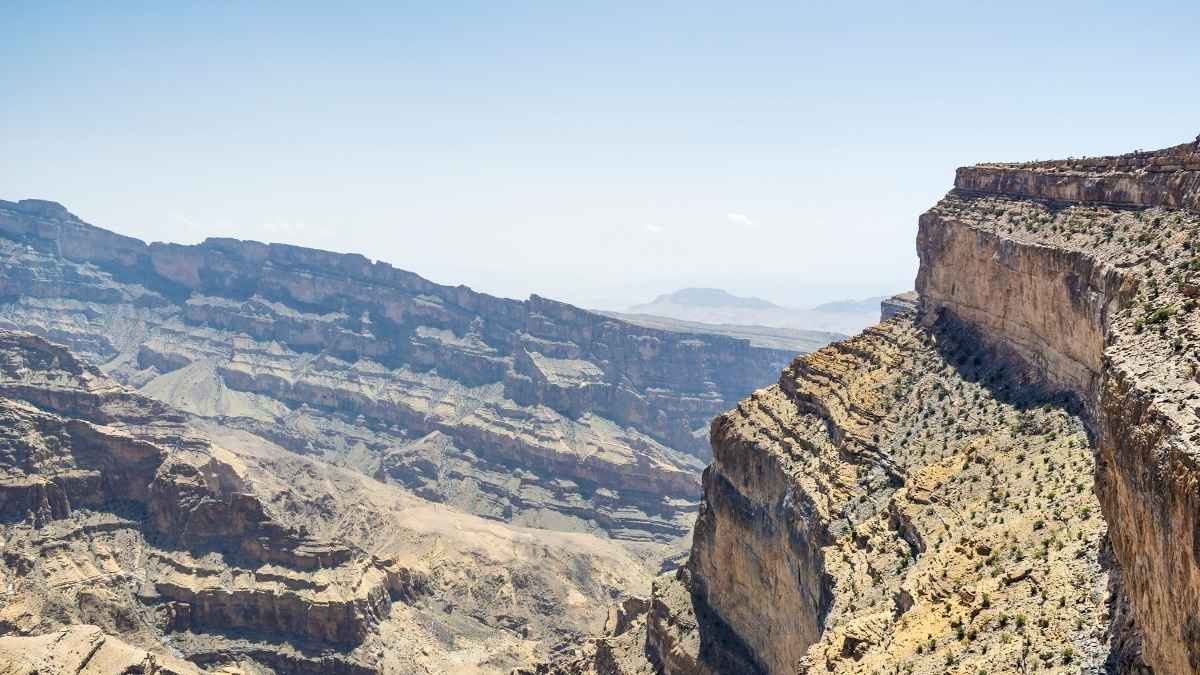Earlier this year, in February, deadly Cyclone Gabrielle struck New Zealand. The destruction caused by the calamity was intense, and the government even declared a state of emergency in the country. Gabrielle left a lot of people injured, and it has only been some time since the country recovered from the effects of the cyclone. Another result of this major cyclone was the turning over of huge rocks in the Hawke’s Bay riverbed, which consequently led to the discovery of 80 million years old fossils.
80 Million Years Old Fossils Were Discovered In New Zealand

In late March, the Forest Lifeforce Restoration Trust’s team visited Hawkes Bay’s Maungataniwha Native Forest to assess the damage caused by the cyclone. Upon their visit, they spotted ancient fossils hidden under the rocks at the tumultuous bed of the Mangahouanga Stream. The ancient treasure trove would have remained undiscovered unless the cyclone uncovered it.
As per the Trust’s forest manager, the scene looked like the result of a giant walking down the stream, crushing the pebbles along the way. In that single visit, it was concluded that Cyclone Gabrielle had uncovered some significant details about the history of mankind. It was a rare insight into the ecosystem of this area in ancient times.
Also Read: Friend In Cockpit? DGCA Suspends Licence Of Another Air India Pilot In Similar Incident
Rare Discoveries Were Made At The Site

Marianna Terezow, the manager of the National Paleontological Collection, has speculatively determined that two fossil vertebrae may be Elasmosaurus vertebrae. It might have been a massive marine reptile that could grow up to 14 metres long. As per the reports from GNS Science and Forest Lifeforce Restoration Trust, it was not necessarily a dinosaur, but a marine equivalent that existed at that same time.
This discovery of additional vertebrae may have come from a mosasaur. Even though mosasaur fossils aren’t as rare in New Zealand, they aren’t particularly common either. Approximately 70 million years ago, the Mangahouanga Stream was part of a larger estuarine ecosystem that was located directly on the east coast. According to a Hawke’s Bay Regional Council report, in ancient times, New Zealand was larger than it is today and covered in lush rainforest.
These discoveries may seem bizarre, but they lend extraordinary insight into what the world was like a million years ago.
Cover Image Courtesy: Twitter/GNS Science
First Published: June 23, 2023 1:43 PM



